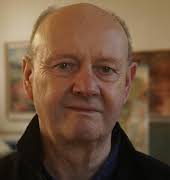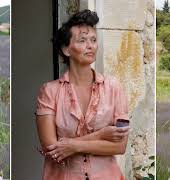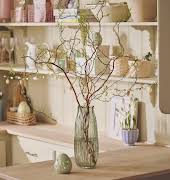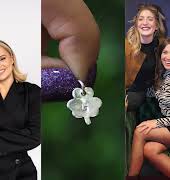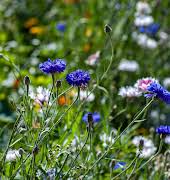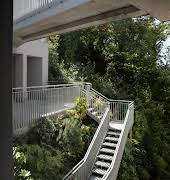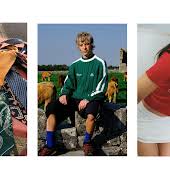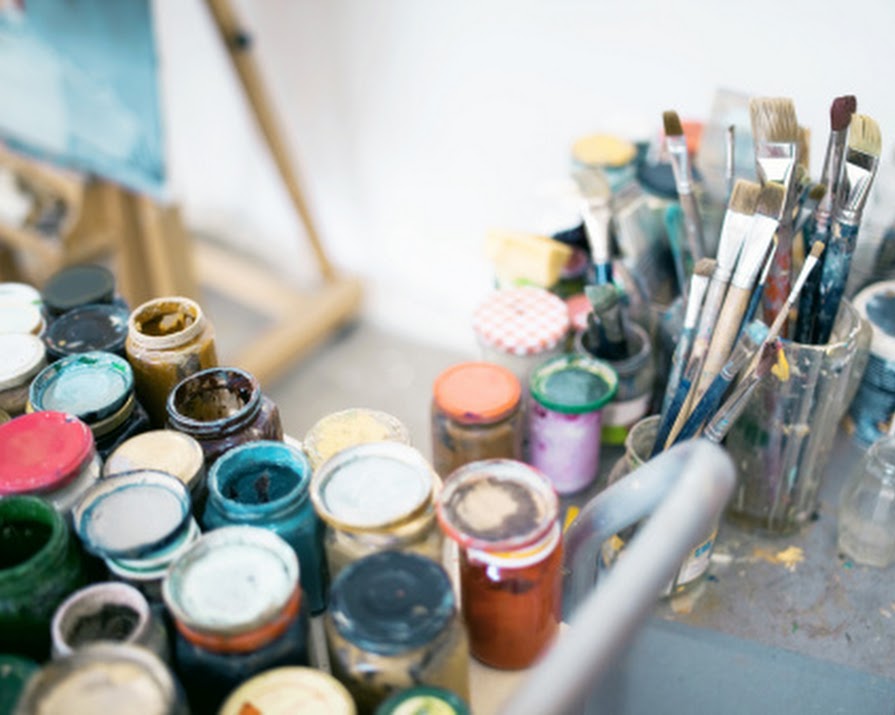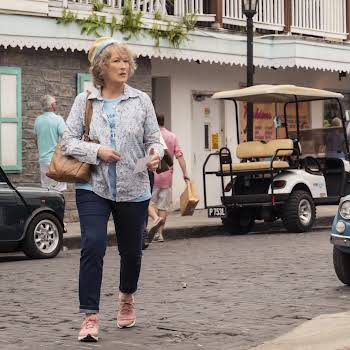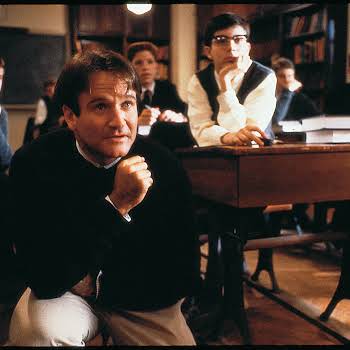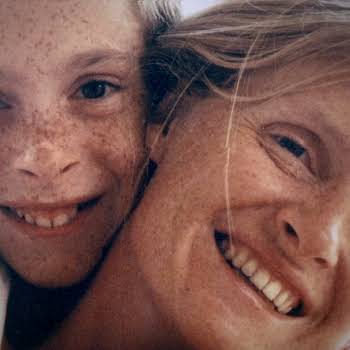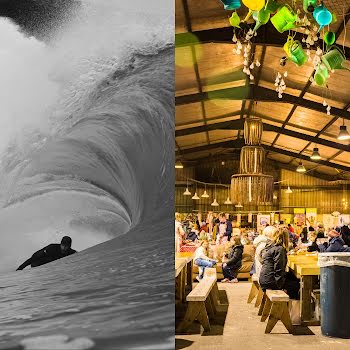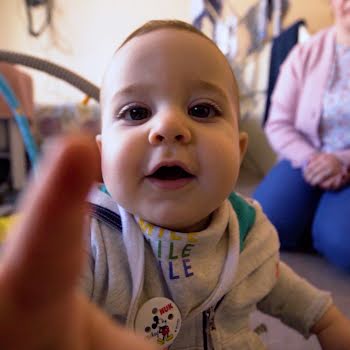
By IMAGE
20th Jun 2016
20th Jun 2016
Taking your clothes off for money need not be exploitative. Kelley Swain explains what drives her, and many women like her, to embrace figure modelling and reveals how it’s shaped her body image.
Naked, lying on my back, my crisscrossed legs up the wall at a right angle. That was my first pose as an artists? model. Or was I not naked, but nude? The distinction allows for a wonderful debate of language. I would say, in that case, I was both: nude, professionally detached, and abstracted, a body-for-others, there for artists to draw. But also naked: exposed, outwardly calm but inwardly giddy, doing something adventurous, impulsive, and completely new. A friend who modelled had asked me to fill in for her at the last minute. After a heartbeat of hesitation, I said yes. I was curious. This was interesting. I loved the Pre-Raphaelites. I was a poet. Yes! Of course! That was at my undergraduate university in America, but I couldn’t imagine it would lead to an invitation to sit for an atelier in Bruges for a month, working with a world-class Old Masters-style oil painter. Nor could I guess I would end up posing as four different saints for the frieze of a chapel in Sicily. With my pale skin and dark hair, long legs and gentle curves, artists asked again and again for classical poses. Was I more like a Venus by Cabanel?or a Venus by Rubens? That varied based on whether I was a bit heavier or a bit thinner at the time – I didn’t want to be a Rubens, but sometimes I was.
 But the self-consciousness and the exposure was much more often on the side of the artists. They worried whether their work was any good; they were anxious that I wouldn’t like what they painted. I was the model, not the customer, so I didn’t see why it would matter whether I liked it or not. Some pieces I liked more than others; some artists were much more skilled. But they were always learning and working to improve, so I never minded if the picture looked nothing like me. Even if the painting was of me, it wasn’t about me. There was great freedom in that: all the time I was being observed, I could also be an observer. I love the smell of an art studio: of paints, of charcoal and pastels; I love the slanting light coming in from high windows in artists? studios; I even love the break-time teas I’m handed, the mug invariably coated with Pollock-style splatters of dried paint. Working as a freelance writer and teacher meant that modelling gave me an unexpected sense of place and community – I was ?the model?. Sometimes, this shifted from being ?Kelley? to being ?it? – the light on the thing being painted.?Rather than being a threat to who?I was, it felt fascinating. How else?would I have learned that pigments?comprising ‘me? were called alizarin crimson, yellow ochre, raw umber and cadmium red? It felt textural and sensual. The everyday nature of flesh metamorphosed into artwork, and the artwork was part of a historical lineage.
But the self-consciousness and the exposure was much more often on the side of the artists. They worried whether their work was any good; they were anxious that I wouldn’t like what they painted. I was the model, not the customer, so I didn’t see why it would matter whether I liked it or not. Some pieces I liked more than others; some artists were much more skilled. But they were always learning and working to improve, so I never minded if the picture looked nothing like me. Even if the painting was of me, it wasn’t about me. There was great freedom in that: all the time I was being observed, I could also be an observer. I love the smell of an art studio: of paints, of charcoal and pastels; I love the slanting light coming in from high windows in artists? studios; I even love the break-time teas I’m handed, the mug invariably coated with Pollock-style splatters of dried paint. Working as a freelance writer and teacher meant that modelling gave me an unexpected sense of place and community – I was ?the model?. Sometimes, this shifted from being ?Kelley? to being ?it? – the light on the thing being painted.?Rather than being a threat to who?I was, it felt fascinating. How else?would I have learned that pigments?comprising ‘me? were called alizarin crimson, yellow ochre, raw umber and cadmium red? It felt textural and sensual. The everyday nature of flesh metamorphosed into artwork, and the artwork was part of a historical lineage.
When we look at paintings with feelings of romance and glamour, it’s also worth thinking about how uncomfortable, cramped, and cold many models probably felt. It makes the power of their portraits all the more emotive. Lizzie Siddal nearly froze in the bath whilst Millais painted her as Ophelia. John Singer Sargent’s ?Madame X?, Virginie Ame?lie Avegno Gautreau, banished all mirrors from her home later in life, devastated by the anonymity that followed hot on the heels of the portrait’s scandal. Manet’s ?Olympia?, Victorine Meurent, wrote to the artist’s widow begging for funds in vain. Walk into a gallery like The Wallace Collection in London and ask, who was the girl in the grand dress and jewels that she could only wear for the painting? While we may look back into history, nude modelling can also help us to look forward. When modelling, I do prepare myself: I wash, I shave my legs, I put on very light make-up. My image is styled as any piece in a studio is styled. Cloths of particular colours – usually cool blue tones, to set off my pale skin, are hung over battered tri-fold screens, and cushions are arranged for me to sit or lie upon. The light is managed as best it can be. High north light is the best: natural light, which creates the Old Masters-style glow of a Vermeer or Van Eyck. But it is certainly me, in the nude, being painted. It helps me embrace my many emotions, to be a Venus or Phe’dre, or, in the emotionally challenging project of the chapel, to be a series of martyrs. Who wants to be told, after all, that she’d make a good martyr?

One artist says how wonderful it is to know that beauty is various: ?Freckles and moles are beautiful,? she says. She has a 16-year-old daughter?and worries that the highly curated images rife in the public eye don’t give a healthy idea of real beauty, real women. Painters learn to paint not what they think they see, but what they actually can see, which trains the eye in an entirely different way from the casual glance. In the studio, we all know exactly what is being left out, and what is put on the canvas. Strangers have looked into my eyes as long and deep as a lover might, but they haven’t been looking into my eyes – they’ve been looking at them, trying to get the hazel-green-gold-red mix just right. Many artists say they want wrinkles, fat, and grey hair because it is so much more interesting to paint. The weathered old sailor with a beard will have many people painting his portrait because he looks – and probably is – full of stories. My favourite paintings, the most dynamic and mysterious, are those left unfinished. Think of the difference in saying ?I feel incomplete? versus ?I feel unfinished?. Thank goodness I feel unfinished! An unfinished painting means the story is still evolving. It embodies a vast sense of possibility and adventure.
The Naked Muse by Kelley Swain (Valley Press, €11.75) is out now. This article can be found in the July issue of IMAGE which is now available natinwide.

